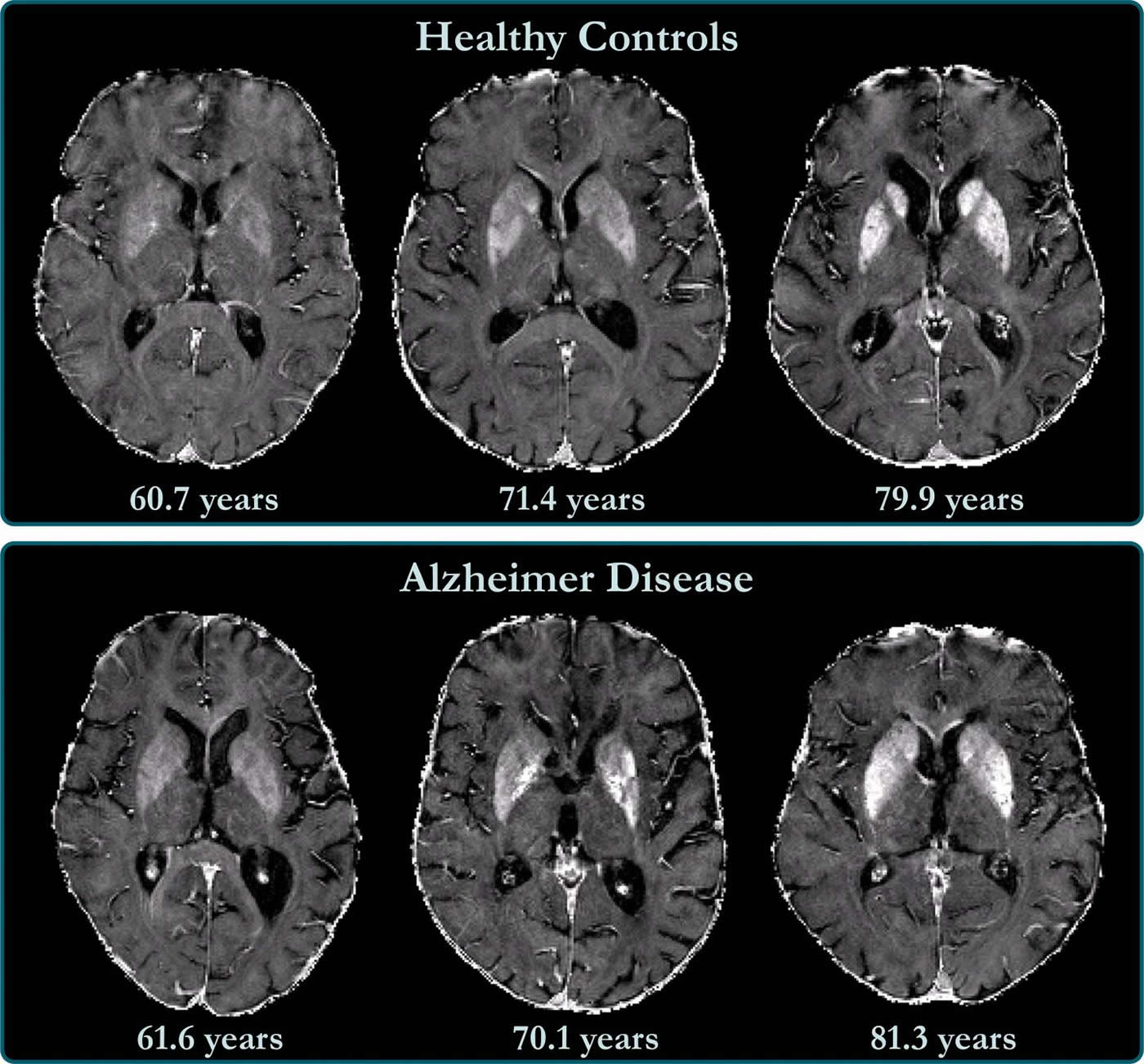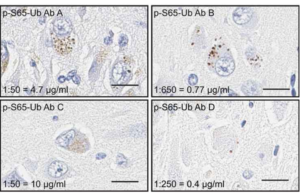
November is a month dedicated to the awareness of Alzheimer’s Disease, an age-related illness of the brain that causes cognitive and physiological decline. LifeSensors has great appreciation for our fellow researchers who are dedicating their lives to fighting back against this condition. We remember our loved ones who we have lost to Alzheimer’s Disease, and continue to invest our energies towards increasing awareness and improved research.
Alzheimer’s was officially titled in 1906, after Dr. Alois Alzheimer. From his observations of a woman who suffered from an unusual mental illness, Dr. Alzheimer noted symptoms that included memory loss, ataxia, language problems, and behavioral deficits, along with significant changes in her brain tissue. After she passed, Dr. Alzheimer found a series of unusual “clumps” in her brain, known as amyloid plaques, and large bundles of fibers. These are now understood to be neurofibrillary tangles caused by the aggregation of tau protein.
Since the early 1900s, there has been avid research into treating both the symptomology and the disease. Current statistics show that nearly 500,000 cases of Alzheimer’s Disease are officially diagnosed annually within the United States and that globally someone develops Alzheimer’s Disease every three seconds. Researchers and physicians have been slowly determining the etiology of this illness, finding morphological changes in neurons, proteins, and proteases.
Determining the biological causes and true underlying markers of this will help professionals to diagnose those with the condition faster and without the repetitive need of psychological battery assessments (or later, autopsy). Definitive diagnostic testing will allow for the initiation of treatment sooner in order to further curb the advancing symptoms of Alzheimer’s Disease.
There is hope in this regard, as noted by several different institutions and organizations that are avidly researching the ubiquitin-proteasome system (UPS) biomarkers indicated in Alzheimer’s Disease. When functioning normally, the UPS removes misfolded proteins and promotes healthy mitophagy, while the inability to responds to misfolded proteins or to repair damaged mitochondria via mitophagy is a hallmark of Alzheimer’s Disease. Dysfunction within the UPS is believed to the root cause of Alzheimer’s Disease, making it an attractive target for biomarker research. Removing damaged or aggregated proteins, such as tau, is hypothesized to stop the progression of Alzheimer’s Disease.
Contemporary Studies
One biomarker that has a significant function within the UPS, is the mitophagy marker p-S65-Ub. Why is P-S65-Ub so notable? PINK1 and Parkin recognize and tag damaged mitochondria with phosphorylated ubiquitin at SER65 (hence, P-S65-Ub) to signal for degradation via mitophagy. Notably, elevated p-S65-Ub levels are observed in autopsied frontal cortex tissues of AD (Alzheimer Disease) patients versus control patients.
The article “Sensitive ELISA-based detection method for mitophagy marker of p-S65-Ub in human cells, autopsy brain and blood samples” in the journal ‘Autophagy’, has data supporting this specific Alzheimer’s Disease UPS biomarker. As seen below with various concentrations of p-S65-Ub antibody, a high acclimation of p-S65-Ub is tagged on mitochondria of Alzheimer’s Disease brain tissue (the small, round granular morphologies).

As we continue to research possible diagnostic markers for Alzheimer’s Disease, we should note that diagnosis and treatment of symptoms is only the first stage. The greater leap to come will be halting the disease from progressing, restoring neuronal integrity and discovering how to prevent this disease entirely.
